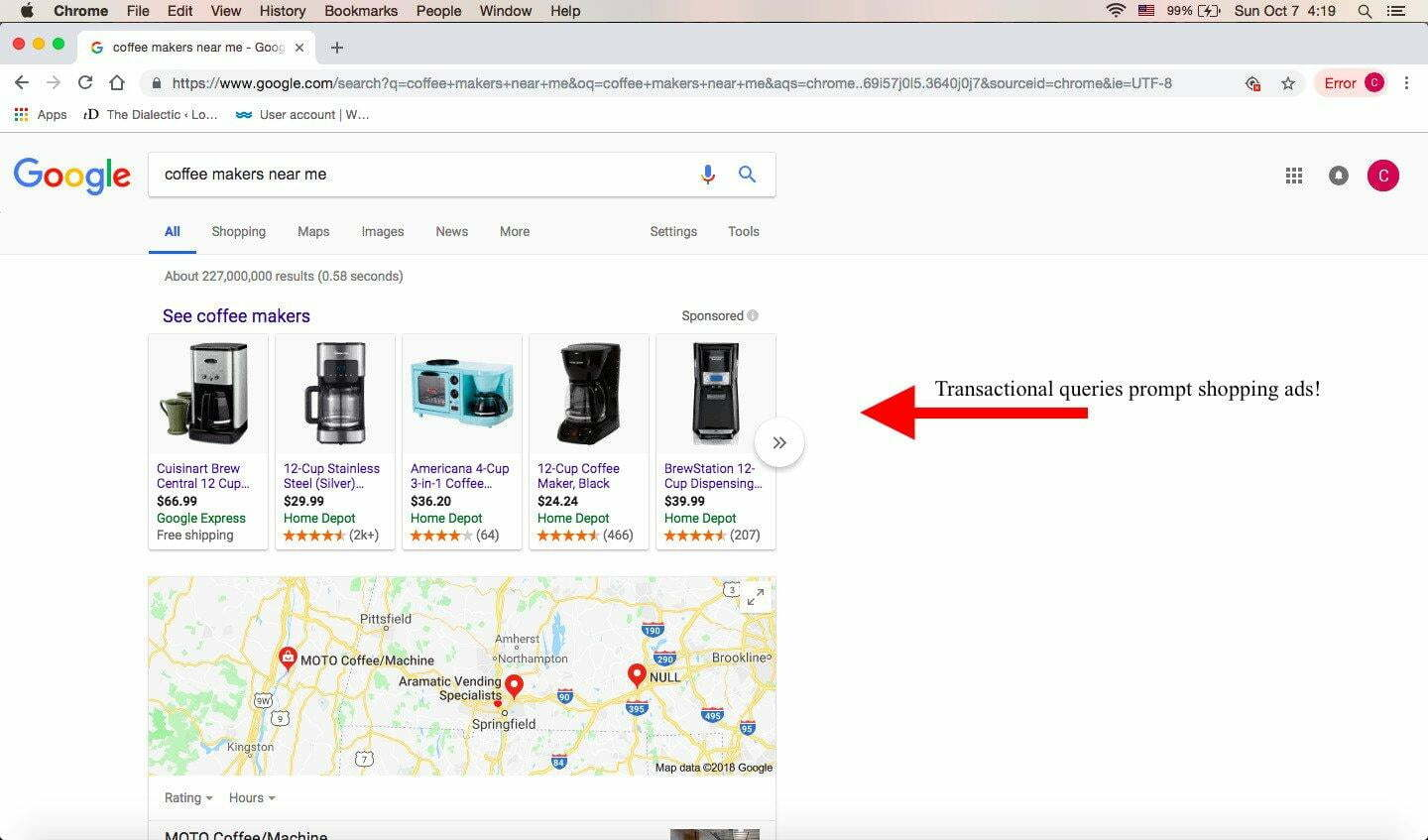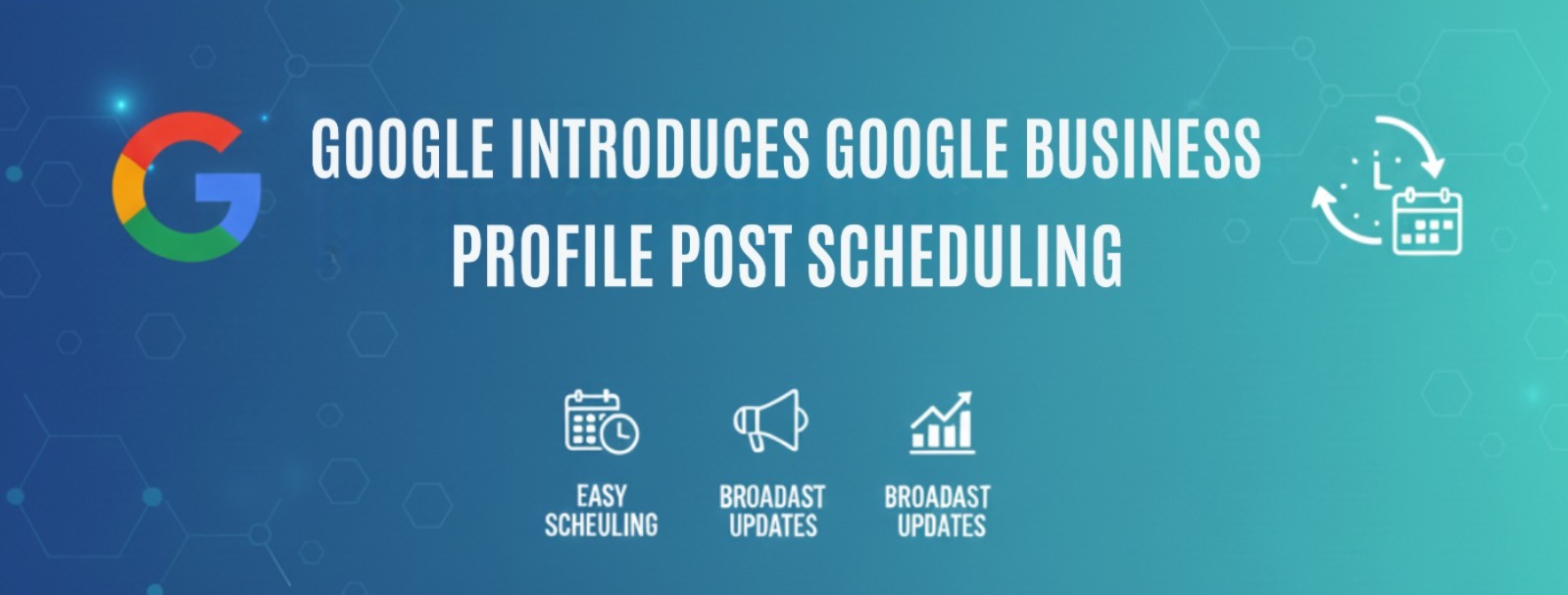| Keywords | No. of Repetitions |
|---|---|
| SEO Strategy | 12 |
| Keyword Research | 6 |
| SERPs | 8 |
| Search Engine | 9 |
Search engine optimization (SEO) is not what it used to be in earlier times. This is because the process has witnessed enormous transformation with time. Let us shed more light on this by talking about crafting an effective SEO strategy in present times. While most businesses already understand the basic concepts of SEO in today’s world, it is still necessary for them to learn to devise effective strategies.
Let us try to understand SEO strategy better and learn how you can create your own to meet your content marketing goals.
Table of Contents
ToggleUnderstanding SEO Strategy
An SEO strategy is an important plan for creating, optimizing, and even promoting content. It aims to improve a website’s visibility in various search engine results and attract more organic traffic.
SEO strategies can help you stay on track when you create content. They enable you to create content that users usually search for, further aiding in enhancing your content on the search engine result pages (SERPs). Search engine bots will have more difficulty indexing your site if you have scattered and unorganized content.
The bots may even face issues when identifying your area of authority or ranking your respective site pages. This is because only structured and optimized content enables search engine bots to understand the relevance and authority of your site pages.
Crafting SEO Strategies: A Step-by-Step Guide

The current era has already witnessed the advent of search AI and AI-generated content, along with regular keyword research. This necessitates implementing new approaches to keep your sites ahead of unprecedented challenges. Once again, this involves adding an effective SEO strategy that ensures your website does not face any hassles in its Google rankings.
Meanwhile, here is a step-by-step guide to creating compelling SEO strategies for their respective businesses:
- Searching for the Company’s Head Term
A head term is a general word or phrase that you may use to describe a particular product, service, or even the topic you would want someone to write about. Let’s assume you want to open a marketing agency. Common terms that you may search online for would be ‘marketing software’ or ‘digital marketing.’ The first stage begins with keyword research for a particular company’s head term.
- Checking Suggested Searches and Filters on Google
Google’s generated filters can help you search for head terms for your business. However, you should not just use the standard filters, such as “Shopping,” “Maps,” “Images,” and so on. Instead, you must search for unique filters that make you stand out among the crowd. These filters can help you answer several questions, including:
- What are viewers or users looking for that relates to your head term?
- What would they find out to be the most useful?
- Does your product or service even match what people are looking for?
- Can you offer a specific product page or article that everyone would find helpful?
Given below is an example of head terms used for ‘coffee makers.’

- Examining the SERPs
It is time to take a look at the SERPs once you have found a good head term and used the Google filters. You must go several filters deep to get an approximation of a long-tail keyword. You need to look for several pieces of information here, which include:
- How many users are trying to rank for this particular term?
- What kinds of companies are actually ranking?
- What SERP features can you find in Google?
- What kinds of pages are ranking?
Given below is an example of a SERP related to CRM software.

- Analyzing all Competitions
The Google search algorithm is a significant part of SEO. That is why it is important to take into account several factors like authority, user experience, website age, and even website structure. Analyzing such factors can help you decide what should be put on your website. You can also learn what Google is currently favoring in your competitor’s articles or pages. This involves checking:
- The kind of articles published by your competitor.
- The categories addressed by them.
- Their professional or personal history.
- Generating Online Authority
Establishing online authority is important for SEO success. By showcasing expertise, experience, authority, and trustworthiness (E.E.A.T), you signal to Google that you can always deliver valuable information. You can achieve this by citing credentials across multiple platforms and interviewing industry experts. You can also publish guest posts on authoritative websites and create supplementary media outlets like podcasts or ebooks to back your authority in the field.
- Creating Search Engine Optimized Content
The next step is to optimize your on-page content around target keywords. This is the most effective strategy for ranking in SERPs. All the research that you did at the beginning of crafting an SEO strategy comes into play because you must create content optimized for those long-tail keywords. Try using a trusted tool like Ahrefs to find potential keywords for your content.
- Building Backlinks
Your content will be effective if it includes different backlinks. You may have an efficient SEO-optimized website, but Google will not rank it unless you receive your ‘votes’ from other websites. Backlinks are the best resort to build authority in your respective industry. The more backlinks you have, the more authoritative you will be towards the Google algorithm.
- Compressing Media Files to Upload Them
As your blog or website grows, you will eventually have more images, videos, and related media to support your content. These visual assets help retain your visitors’ attention. Yet, you may tend to forget that these files can be very large and may affect your page speed. So, you must monitor the size of the media files you upload to your respective site and compress them if needed.
- Staying Up-to-Date with SEO Best Practices
You must learn to remain on top of current trends and best practices, which is another crucial part of an SEO strategy. Multiple online resources can help you do so, which include reputable blogs, industry publications, webinars, podcasts, and other forums for SEO discussions. These platforms often offer insights, including case studies, expert opinions, and updates on algorithm changes for your help.
- Tracking the Content’s Success
SEO can take a lot of your effort and time, and because of this, you may want to know if your strategy is working. The final step is to track your metrics to understand the success of your process and identify areas for improvement. Leads, conversions, and sales are the most important metrics tracked by different web analysts. A click-through rate, total monthly visitors, search traffic, and bounce rate often follows the earlier metrics.
You can also monitor organic traffic with an efficient web analytics tool. Try creating your own dashboard using Excel or Google Sheets. Tracking different indexed pages, your rankings on SERPs, and ROIs can help you recognize your success.
A Guide to Keyword Research
Keyword research is an inevitable part of an effective and compelling SEO strategy. Yet, do you know how to conduct it efficiently? If not, check this out:
- Include the Keyword in the Meta Description, URL, and Page Title
You must include the keyword in the page title, which is the text that usually appears first in search results. They must also place themselves on the H1. It is the first line of text at the top of a particular web page. Then comes the meta description and the URL, which must also include keywords to rank your website better.
- Help the Reader First
Your writing must target humans first before moving towards search engines. This means the content must connect with the audience before you move forward with adding keywords. Examine the SERPs and your competition to analyze what a user wants when they enter a page. Try including frequently asked questions on your web page. This way, you can guide your users regarding the content, a step that Google analyzes to rank content accordingly.
- Compress Images and Include all Texts
Image alt text is one of the best ways to optimize your page. It helps improve web accessibility and gives you an opportunity to rank in Google’s image results, which means it helps generate more traffic to your website. Remember to describe what the image contains. You must also include your keyword in the alt text to give yourself a better chance of ranking. Moreover, compress all your images so that your page loads more quickly.
- Build Different Internal Links
Internal links are compulsory after you create your content. These links create a network for Google to follow eventually. Make sure you internally link all pages so that the algorithm can follow the pattern and enable your website to rank accordingly.
Best SEO Considerations
You can do different things for your business to enact your SEO strategy. Here is a look at some effective SEO considerations or elements that you must account for during the process:
- Writing Compelling Meta Descriptions
A meta description is the snippet of text that you usually see below a title and link in search results. It describes the content of the specific page to the viewer conducting the query and tells them what to expect. The image below is the result of a particular search query for market research.
- Getting Inbound Links and Content Backlinks
A backlink or inbound link comes into play when another website links back to your respective website content. Most people add it as a hyperlink on a string of text related to your content. They redirect to your site directly when you click on the links.
Backlinks are effective because they show search engines that your content is relevant and authoritative. This ultimately helps you rank higher in SERPs.
- Optimizing Site Pages for Page Speed
Page speed refers to how quickly your website’s content loads when a user visits a particular page. Google started considering page speed for different SERP rankings in 2018, making it an important area of focus when you enact your SEO strategy.
- Local SEO
Local SEO refers to the process of improving search engine visibility for your business’s location. An effective local SEO strategy will always surface your content in different search queries from customers in your local area, letting them know your business is present to meet certain needs.
SEO Process
You should build a process to optimize content for new keywords amid evolving search intent once you finish creating your SEO strategy. The steps to include are:
- Optimize Your Content Historically
Devote some of your time every month to updating all your old blog posts with new and up-to-date information. This will help you continue ranking in SERPs. You can also use this particular time to add any SEO best practices that you did not address earlier.
- Check all Changing keywords and New Search Intent
Track how your old blog posts rank on Google after a few months and which keywords are helping them rank. This can help you adjust all the subheadings and the main content to use new search intent that your audience may find interesting in the future.
- Add Editorial Value to Your Old Content
At times, posts may be completely out of data. This means you must go beyond the average historical SEO update and give the content a full refresh. You can do this by updating all the out-of-date information and adding new sections for added depth. This also involves adding new quotes or original data to give the post more referral traffic.
- Create a Monthly Content Plan
You must create and refine a monthly content plan to keep up with your SEO strategy. You can place it into some kind of spreadsheet for the team to track it accordingly.
Final Thoughts
Ranking in search pages may seem to be a difficult process. Moreover, you may find it enticing to create content centered around high-traffic keywords. But is it enough to meet your business goals and rank your website? No. That is why you must create an effective SEO strategy to address your individual business needs. This involves increasing customer acquisition for marketing success. Do you wish to align your SEO efforts with your business objectives but are not able to find efficient solutions? Switch to 6sMarketers today to improve your website’s rankings and drive qualified traffic within a short period.




